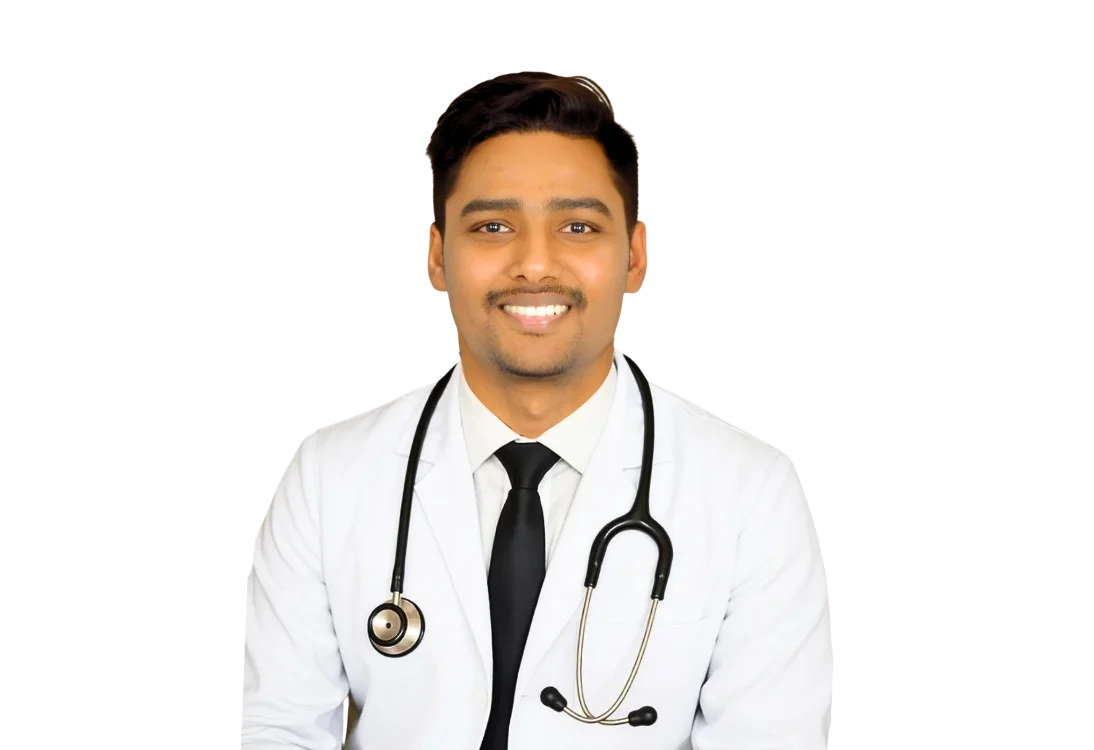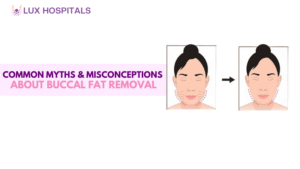Tips for a Smooth Recovery After Abdominoplasty

Abdominoplasty, commonly known as a tummy tuck, is a transformative procedure that removes excess skin and fat while tightening the abdominal muscles. While the surgery delivers impressive results, recovery is crucial to achieving a secure and successful outcome. The healing process can be considerably accelerated by being aware of what to expect and following post-operative care guidelines. With the help of this comprehensive and helpful advice, you can safely and successfully resume your everyday activities following an abdominoplasty.
Key Steps for Successful Abdominoplasty Healing
Recovering from abdominoplasty requires a combination of rest, proper care, and healthy lifestyle choices. Following these essential tips can help reduce discomfort, prevent complications, and ensure the best possible healing. With patience and consistency, you can achieve a safe and smooth recovery journey.
1. Follow Your Surgeon’s Post-Operative Instructions
Following an abdominoplasty, your surgeon will give you detailed aftercare recommendations based on your particular requirements. This often includes details about wound care, prescribed medications, and guidelines for activity levels. Following these recommendations closely reduces the risk of complications such as infection, delayed healing, or fluid retention, ensuring a safer and faster recovery.
2. Get Plenty of Rest and Sleep
Adequate rest is one of the most essential parts of abdominoplasty recovery. Your body undergoes significant stress during surgery, and sleep allows tissues to heal and repair effectively. Arrange your bed or resting space so that you can lie in a slightly elevated position, which reduces pressure on your abdomen and minimizes swelling.
3. Manage Pain and Swelling Effectively
Pain and swelling are normal after abdominoplasty, especially in the first few weeks. Your surgeon might recommend and prescribe painkillers and use compression garments to minimize discomfort. Keeping your abdomen supported with these garments also helps reduce fluid buildup and promotes better contouring.
4. Wear Compression Garments Consistently
Wearing compression garments is crucial for a successful abdominoplasty recovery. These specially designed clothes help your skin conform to its new shape, reduce oedema, and support the abdominal area. Your surgeon will usually recommend that you wear them for a few weeks.
5. Maintain a Healthy Diet and Stay Hydrated
A healthy diet rich in lean proteins, vitamins, and minerals can significantly accelerate the healing process following an abdominoplasty. A healthy diet helps minimize post-operative fatigue, boosts immunity, and supports tissue repair. Furthermore, consuming much water helps keep your body hydrated. Aiding in faster recovery and reducing bloating.
6. Gradually Resume Light Physical Activity
After an abdominoplasty, careful movement is just as important as rest to avoid complications such as blood clots. Taking quick, leisurely walks can help to increase blood flow and lessen stiffness. However, as directed by your surgeon, refrain from hard lifting, demanding activities, or abdominal strain for at least 6 to 8 weeks.
7. Care for Your Incision Site
Incision care is a key part of abdominoplasty recovery. To avoid infection, keep the area dry and clean. Follow your surgeon’s instructions on how to change dressings. Be aware of symptoms such as discharge, swelling, or redness. These could indicate a disease that needs medical attention.
8. Avoid Smoking and Alcohol
Alcohol and tobacco use can considerably impede the recovery phase following abdominoplasty. Nicotine reduces blood flow to the tissues, increasing the possibility of issues; however, alcohol can obstruct prescribed medications. Avoiding these substances before and after surgery ensures better recovery outcomes.
9. Monitor Your Recovery Progress
Setting up regular follow-up appointments after an abdominoplasty is crucial for monitoring your recovery and ensuring optimal results. Your surgeon can identify potential problems early and adjust your rehabilitation plan as needed during these visits. Share any odd symptoms, such as excruciating discomfort. Or, if you experience swelling, see your doctor immediately.
10. Be Patient with the Healing Process
After undergoing an abdominoplasty, it typically takes several months to recover fully. Gradual improvements will become more apparent, although swelling may persist and scars may take some time to fade. To achieve the finest long-term benefits, you must maintain your patience and adhere to your care plan.
Conclusion
Every action helps ensure a speedy recovery, from donning compression clothing to maintaining a healthy diet and avoiding physically demanding activities. You can achieve the best outcomes and confidently appreciate your redesigned abdomen by following these guidelines and continuing to take care of yourself after surgery. By following these tips and maintaining consistency with post-surgical care, you can achieve optimal results and enjoy your transformed abdomen with confidence.
Frequently Asked Questions
Full recovery from abdominoplasty typically takes 6–8 weeks for most patients, although complete healing can take several months. Swelling and bruising may take time to subside completely. Your surgeon will guide you on when you can safely resume normal activities.
You can usually resume light activities, such as walking, within a few days after abdominoplasty. However, more strenuous exercises and heavy lifting should be avoided for at least 6–8 weeks. Always follow your surgeon’s advice before starting any workout routine.
Yes, abdominoplasty leaves scars, but they are typically positioned in areas that can be easily hidden under clothing. These scars will eventually disappear and become less noticeable. Proper wound care and avoiding sun exposure can improve their appearance.
A balanced diet rich in protein, vitamins (especially C and A), and minerals helps the body recover more quickly after abdominoplasty. Lean meats, leafy greens, whole grains, and fruits can enhance tissue repair. Reducing swelling also requires drinking enough water. And supporting overall recovery.
It is not advisable to sleep on your stomach immediately after an abdominoplasty, as this puts pressure on the tissues that are healing. Instead, sleep on your back with your knees slightly bent and pillows supporting your upper body. This position reduces strain and promotes proper healing.




















